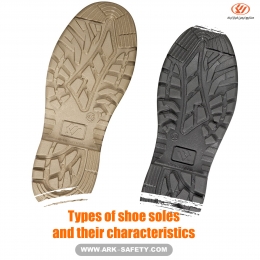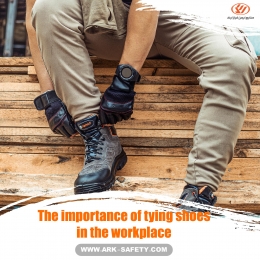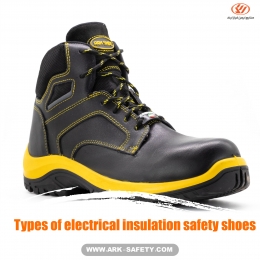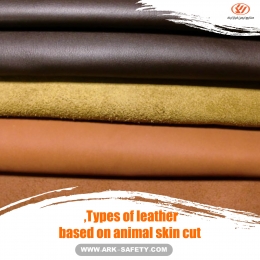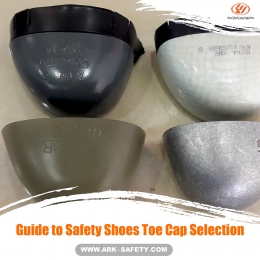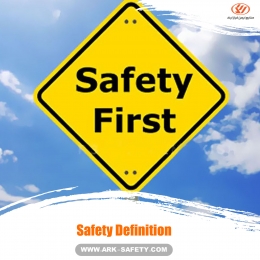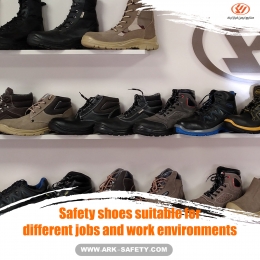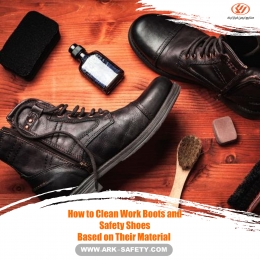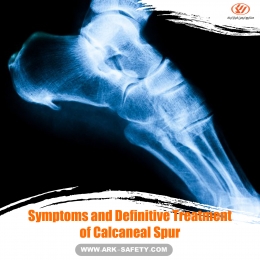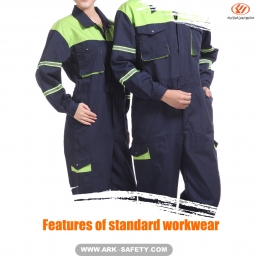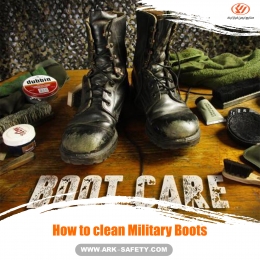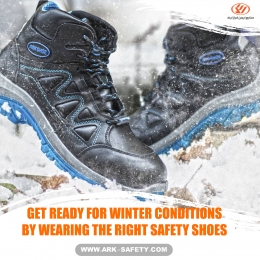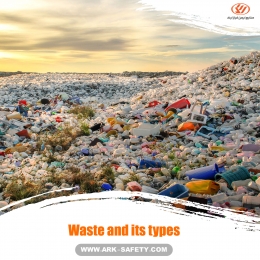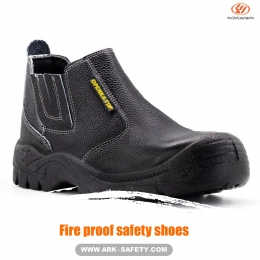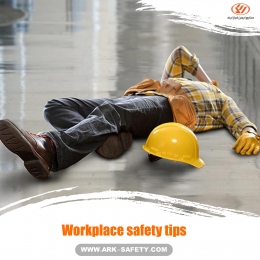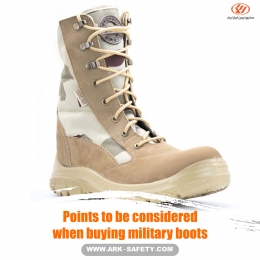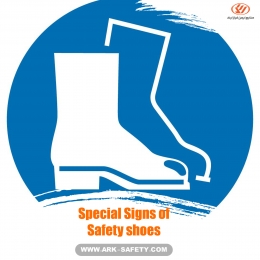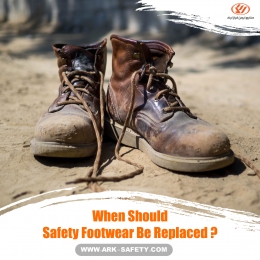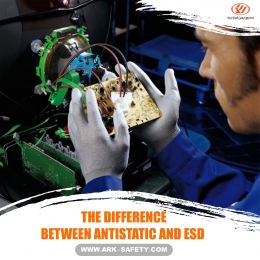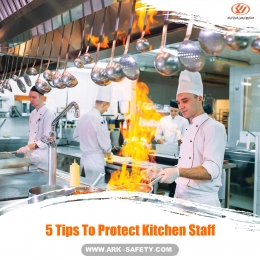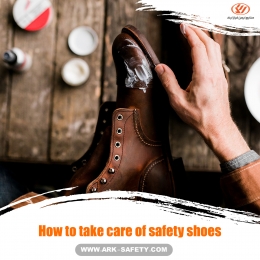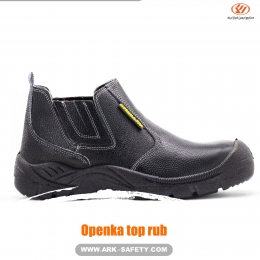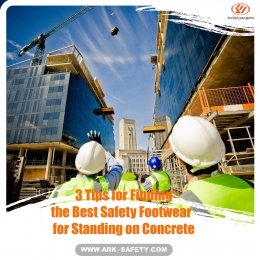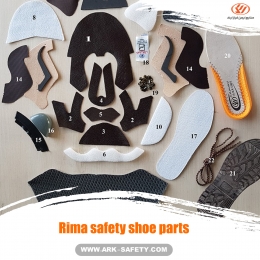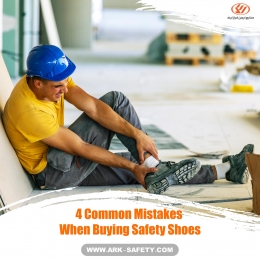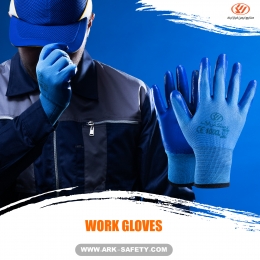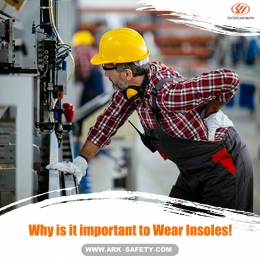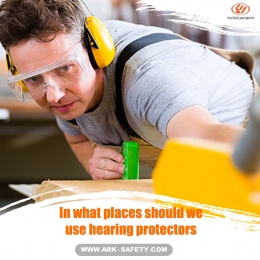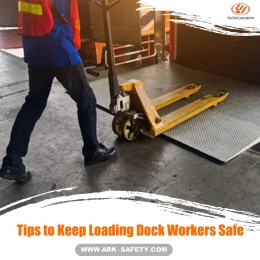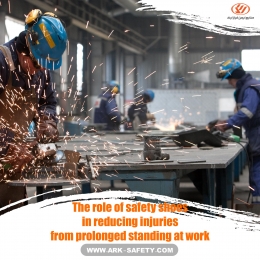3 Tips for Finding the Best Safety Footwear for Standing on Concrete
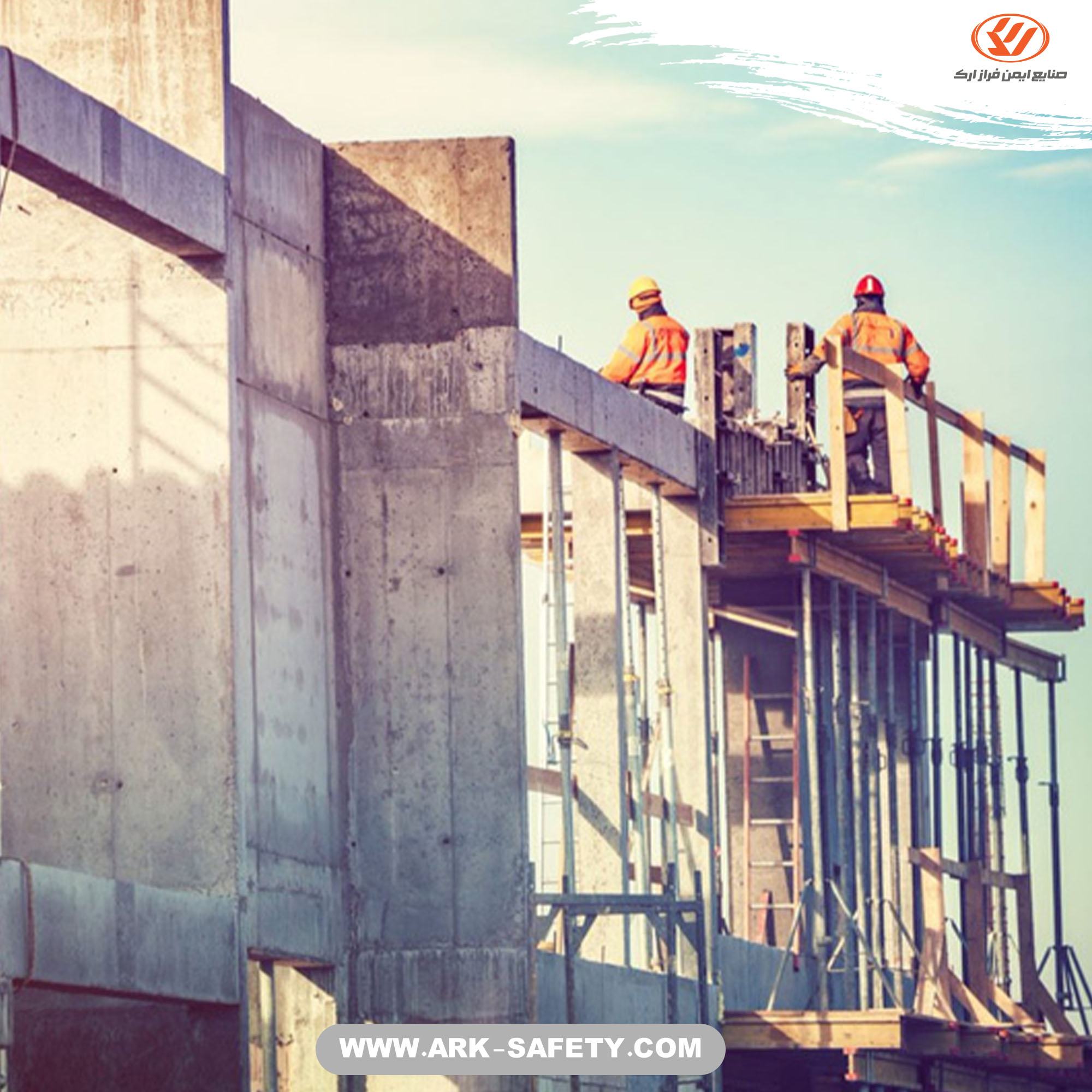
3 Important Features in Safety Footwear
And for all workers we recommend insoles. Insoles provide arch support that is important in helping reduce strain, pain and potential long-term musculoskeletal disorders (MSDs). And, they are also another great shock absorber. Unlike anti-fatigue flooring matting, insoles provide individual foot support and travel with the worker wherever they go.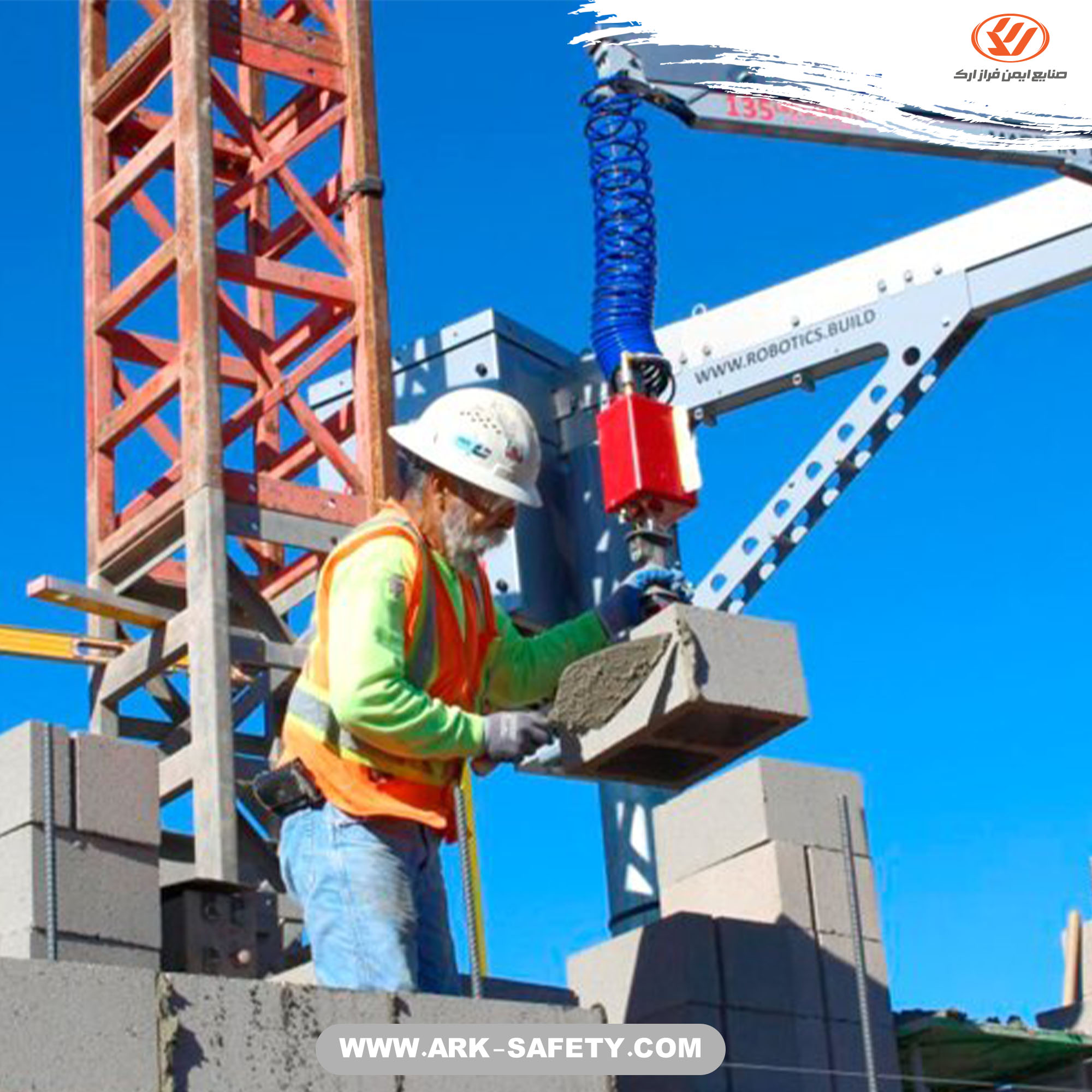
The Recommendations of our safety experts
Shoes for construction operations are different depending on the conditions of the work environment. Construction work can consist of welding, thermal insulation, electrical work, cement and plaster work and even building installations and etc. Naturally, the shoes used in these environments will not be the same, for example, electrical insulation shoes require a set of standards and requirements that will be different from welding shoes, or in cases where anti-slip and frustration shoes are needed, we recommend TPU outsole. When buying, it is recommended that you share your work environment tips and requirements with our experts. They will try to offer you the best and most suitable shoes.
Please read our artcile about Workplace safety tips for more safety at work.
JUST TAKE THE FIRST STEP.....
Sources:
Mister safety
Ark Safety Group

 Military Shoe
Military Shoe
 Safety Shoe
Safety Shoe
 Work Wear
Work Wear
 Office Shoe
Office Shoe
 Hiking Shoe
Hiking Shoe
